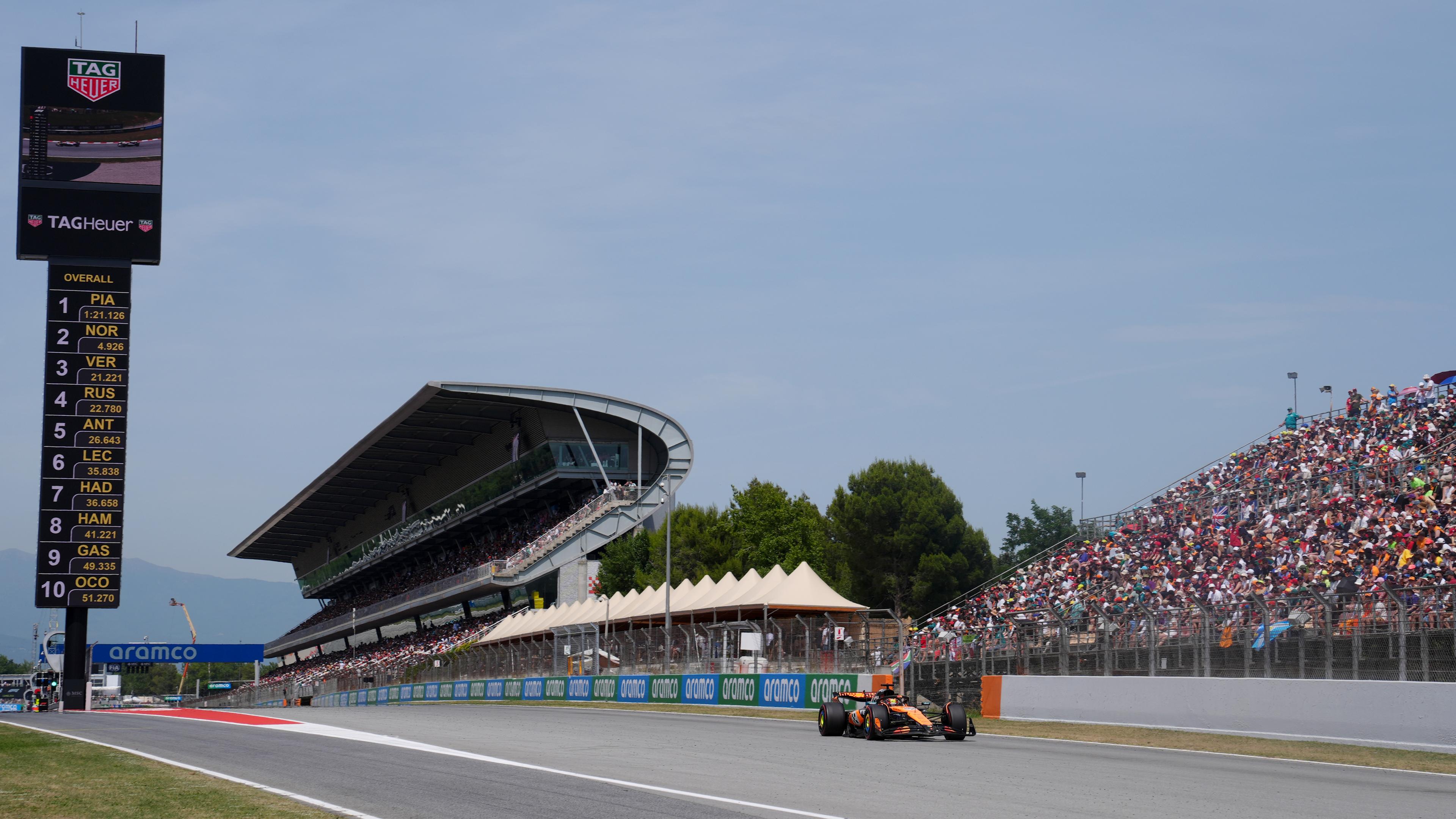Number of road deaths fell sharply compared to 25 years ago: ‘It has become safer within the car, but not outside of that’
Last year 675 people died in traffic in the Netherlands. That is nine less than in 2023 and seventy less than in 2022, but still more than in the previous decade. At that time, for example in 2013 and 2014, the number of road deaths was limited to 570 annually. This is according to figures from the Central Bureau of Statistics (CBS).
Almost a quarter of all road deaths were more eighty -year -old last year
The number of cyclists killed slightly fell slightly last year, from 270 to 246. That is perhaps somewhat surprising, but for the fifth consecutive year that number is more than the number of occupants in a car. The number of motorists killed in the first decade of the century, on the other hand, fell sharply, and last year was 220, six more than the year before.
Statistics Netherlands compares last year’s figures with the beginning of this century and notes that the number of road deaths has fallen sharply; In 2000 there were still 1166 dead to be regretted, at the time mainly due to fatal accidents in cars. But, director Martin Damen of the Road Safety Institute for Scientific Research (SWOV), the decrease was mainly in the first ten years of this period. « Since 2010, the number of road deaths is not falling further. » He argues for new measures to be able to make the ‘transition to a decrease’.
Eighty -more
The figures again show that the elderly in particular are vulnerable in traffic. Almost a quarter of all road deaths were more eighty more last year and that is almost three times as many as young people up to twenty years. This ratio was reversed at the beginning of the century. The number of fatal traffic victims decreased the most among young people up to thirty years, reports Statistics Netherlands. Last year 152 young people died due to a traffic accident, compared to 453 in the year 2000. « This is mainly because young people are less often accidented as a passenger of a passenger car or as a driver of a moped. »
The cause of the relatively high number of older road deaths is, among other things, that they have started participating more often in traffic. Of all cyclists who died last year, according to the CBS, « at least 44 percent » drove an e-bike, and was a head injury in 60 percent cause of death. According to SWOV director Damen, the group of cycling elderly people needs ‘permanent attention’, among other things by making the infrastructure safer for cyclists. In addition, Damen states, « can stimulate the wearing of the bicycle helmet a lot of head and brain injury. »
According to the Fietsersbond, it is « very beautiful » that « slightly fewer » cyclists died in traffic last year than the year before. « But the number of cyclists killed is still greater than the number of motorists killed, while in about two thirds of all cases the death of the cyclist was caused by a collision with a motorized vehicle, » says policy adviser at the Fietsersbond Ross Goorden. « That means it has become safer within the car, but not outside of that. »
Read also
Bicycle helmets mainly ensure more unjustified bicycle anxiety
For that reason, the Fietsersbond argues on Thursday for lowering the maximum speed within the built -up area to thirty kilometers per hour, as happened in Amsterdam more than a year ago. « There are almost thirteen fewer road deaths per year, » concludes a report commissioned by the Fietsersbond by simply lowering the limit to thirty kilometers on streets without a separate cycle path. That reduction can become much larger, according to the research, by also improving the infrastructure for cyclists, as well as enforcement.
Incidentally, cyclists also accidentally argue without a collision. In the years between 2020-2024, 36 percent of the accidental cyclists aged 70 or older had had no collision, according to the CBS.
Read also
Cycling must become safer, everyone seems to agree: ‘Doubling seriously injured if nothing happens’

:format(webp)/s3/static.nrc.nl/wp-content/uploads/2025/04/16215631/data130916109-afe53e.jpg)
:format(webp)/s3/static.nrc.nl/images/gn4/stripped/data126673488-d04b97.jpg)

/s3/static.nrc.nl/images/gn4/stripped/data133101536-0efed2.jpg)
/s3/static.nrc.nl/images/gn4/stripped/data133096449-edad17.jpg)


